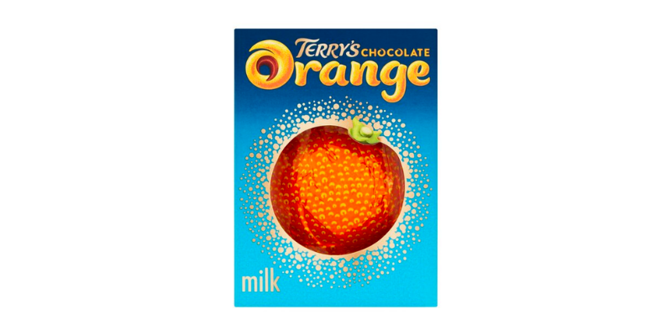New sample Bottle Boxes have launched! Purchase yours now!
The Second Trimester Of Pregnancy: Symptoms, Fetal Development & More

Congratulations! You’ve just entered the second trimester and are already a third of the way through your pregnancy.
You’ve most likely had your 12-week scan during the first trimester, or it’s due very soon. This will give you the initial indication of how your baby is starting to develop and whether any further diagnostic tests are required.
In terms of your body, you might be able to see the start of a small baby bump.
People usually refer to this stage as ‘the golden time’ in pregnancy when initial symptoms reduce and energy levels begin to return. It’s when you might want to start doing all your research about baby products and begin preparing for the arrival of your new baby.
Start a new baby wish list.
How you will feel in the second trimester
The second trimester covers weeks 13-28 of pregnancy. It equates to roughly months four, five and six.
At this point, your dating scan should’ve given you your due date, and you might be starting to feel a little more comfortable about telling people that you’re pregnant.
If you’ve been experiencing pregnancy symptoms such as morning sickness or needing to wee more often, things should start to reduce past the first 12 weeks of pregnancy.
You may still feel pregnancy symptoms in the second trimester, but they will likely differ. For example, many pregnant women experience swelling, headaches, sore breasts, changes to their skin and hair, mood swings and indigestion.
When to ask for advice in the second trimester
No two pregnancies will be the same. Some mums-to-be will experience symptoms that another won’t. This is all very normal in pregnancy.
If you have concerns about anything, you should always speak to your midwife.
At this stage in the pregnancy, midwife appointments won’t be very frequent unless you’re experiencing a high-risk pregnancy. That said, you should always reach out to medical professionals or your midwife for any health concerns or changes in the pregnancy.
What happens during months four, five and six of pregnancy?
During this trimester, your bump will start to grow, your body shape will begin to change to make it possible for you to carry and deliver your baby.
Even this early on, your sleep patterns might be affected. In the third trimester, the risk of stillbirth increases due to sleeping on your back. Therefore, it might be advisable to adopt a sleeping position on your side to get used to it.
Diet and nutrition in the second trimester
You can still exercise, and you should; the fitter you are in pregnancy, the stronger your body is for labour and recovery.
Eat a balanced diet, avoiding foods not recommended for pregnancy.
Key milestones in the second trimester
We’ve broken the second trimester down into key milestones.
13 weeks pregnant
Following your dating scan, you might want to announce your pregnancy.
At 13 weeks of pregnancy, your baby is around the size of a peach.
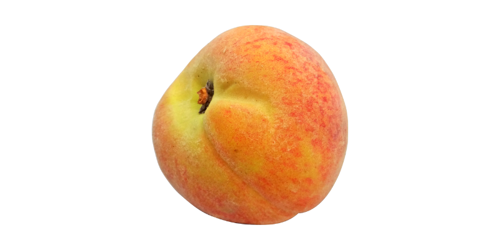
14-15 weeks pregnant
You might be starting to feel more hungry at this point in your pregnancy. Try to eat healthy snacks because too much weight gain isn’t good for you or your baby.
Your 14-week-old foetus is about the size of a Terry’s Chocolate Orange and a pear at 15 weeks pregnant.
16-17 weeks pregnant
Most mums-to-be tend to see their midwife around 16 weeks. At this appointment, you’ll be measured and hear the baby’s heartbeat using a doppler.
Around this time, you might start to feel the first flutters of your baby beginning to move. It will feel like little bubbles (similar to gas) in the lower part of your tummy.
Your baby is around the size of a can of Coke at 16 weeks and an iced bun at 17 weeks pregnant.

18-19 weeks pregnant
Around this time, you might be offered your whooping cough vaccine. Your baby will move more now, so those fluttering sensations may feel stronger.
Your baby is the size of a packet of crisps at 18 weeks and the size of a small school ruler at 19 weeks pregnant.
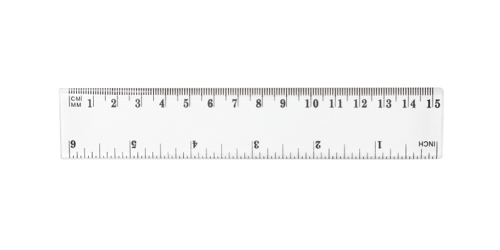
20 weeks pregnant
Around 20 weeks, you’ll be offered the anomaly scan. This checks the foetus for any unusual development of limbs and major organs. You may also be able to find out the sex of your baby too.
Your baby is the size of a bobble hat at 20 weeks pregnant.
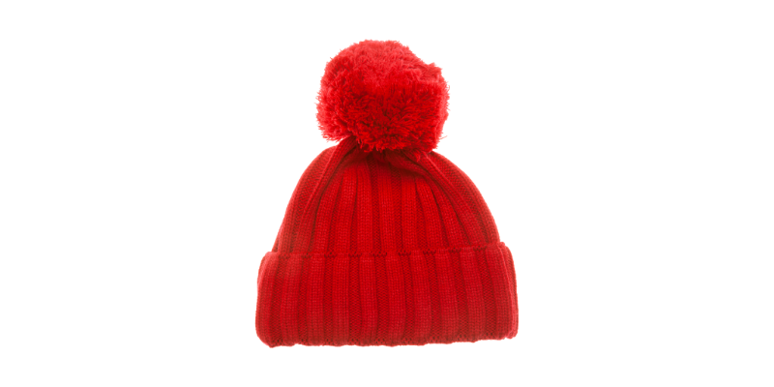
21 weeks pregnant
At this point, your baby will start to grow more rapidly. You should begin to wear comfortable and supportive maternity bras and might want to invest in some more spacious clothing to accommodate your bump.
As your bump grows, you might feel your skin beginning to itch as it stretches. Regularly moisturise your skin to keep it hydrated and reduce the chance of stretch marks.
Your baby is the size of a dinner plate at 21 weeks and a box of Celebrations chocolates at 22 weeks pregnant.
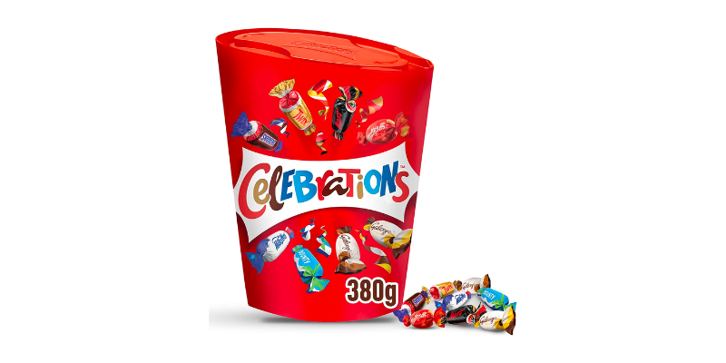
23-24 weeks pregnant
Your growing baby might start to pressure your lungs, making you feel breathless.
At 24 weeks, your baby is considered ‘viable’. This means they could survive if they were born right now and given the right support.
Your baby is the size of a Macbook at 24 weeks pregnant.
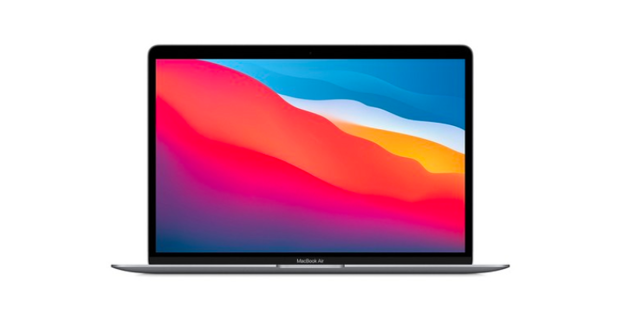
25 weeks pregnant
Your indigestion may start to worsen as the baby grows, but it is nothing to worry about.
This is around the time to talk to your employer about your maternity leave and apply for any relevant benefits.
Your baby is the size of an oven glove at 25 weeks pregnant.
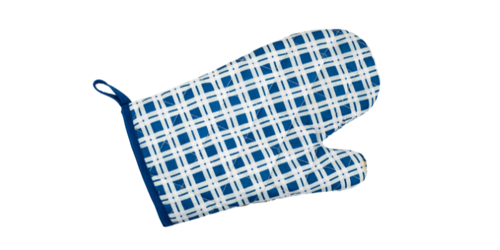
26 weeks pregnant
The baby’s movements will feel much stronger now; monitoring your baby is important. Take note of when they are most active and any movement patterns.
Always seek advice if you notice movements slowing down or reducing.
Your baby is the size of a Colin the Caterpillar cake at 26 weeks pregnant.
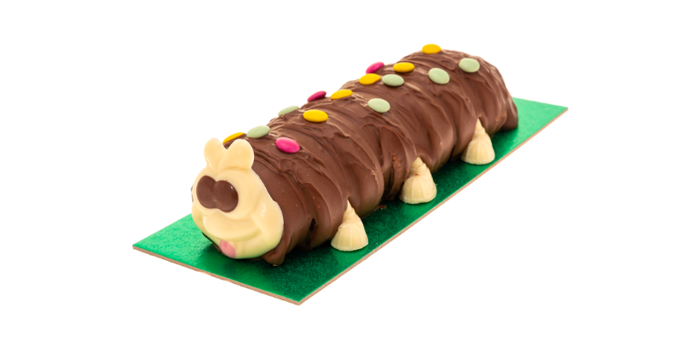
27 weeks pregnant
This is the last week of the second trimester! You’re probably feeling more tired and slowing down now. Keep drinking water and sticking to one cup of tea or coffee per day to limit caffeine intake.
Your baby is the size of a 2-litre bottle of fizzy drink at 27 weeks pregnant.
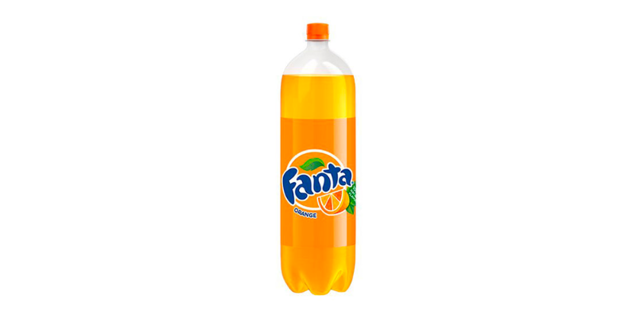
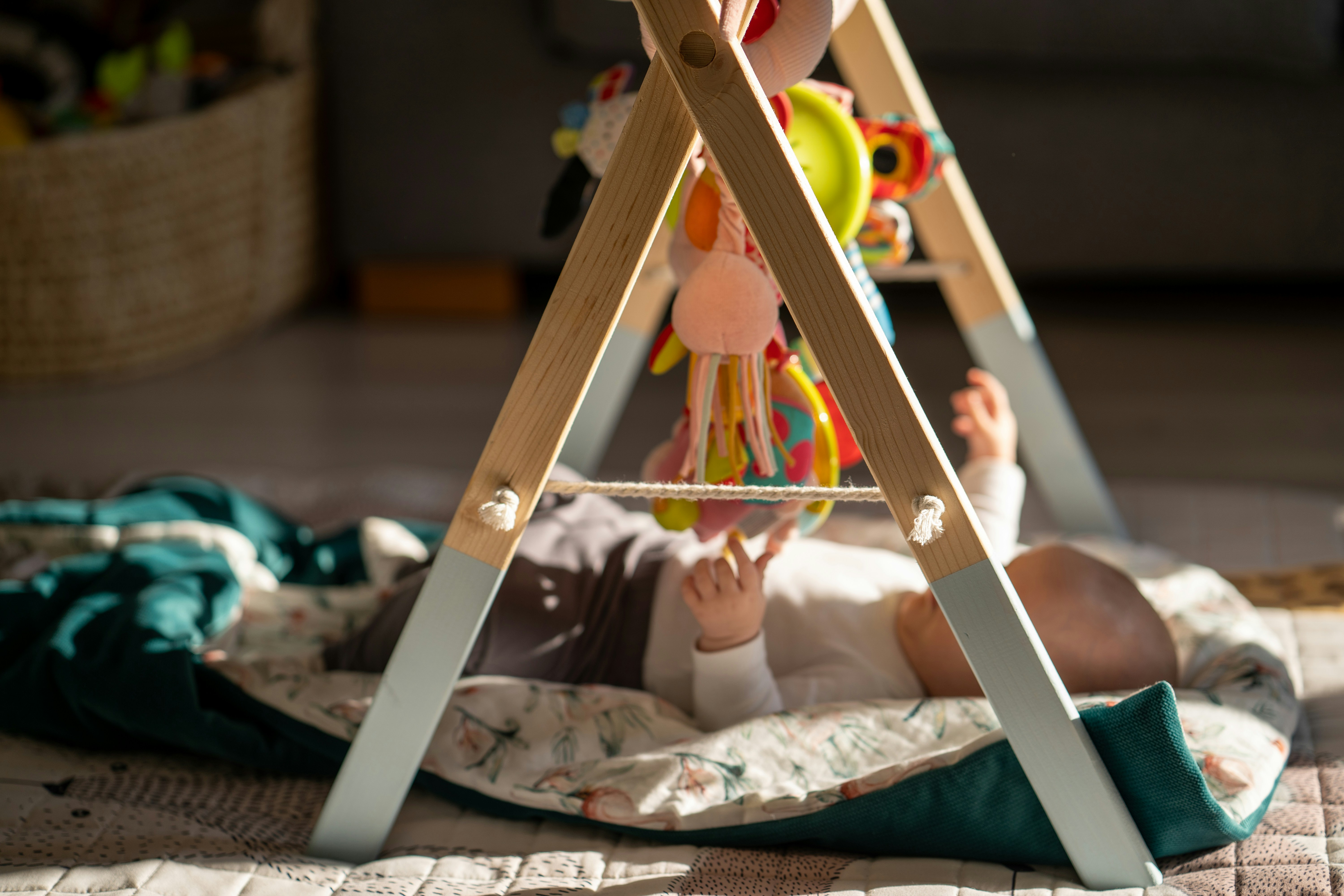
Join our newsletter!
Subscribe to our newsletter for exclusive access to kids' wishlist tips, tricks, and the latest deals delivered straight to your inbox.
Follow us on Instagram for more inspiration!
@littlewishlist_
Create your wishlist!
Ready to dive into baby gift bliss? Start your wishlist adventure!







